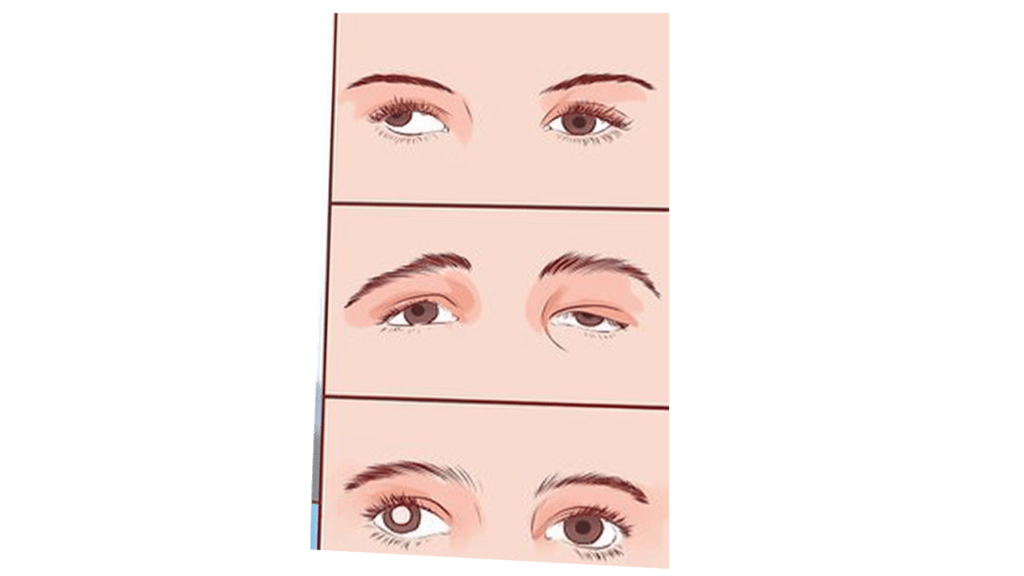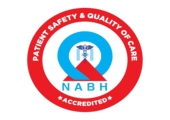Do you have a child with lazy eyes? If so, you’re not alone. Lazy eyes are a common problem, mostly among babies and young children. This blog will help you get a clear picture by discussing the signs, causes, and treatment options for lazy eyes.
Watch more videos like this on Shekar Eye Hospital YouTube Channel
Lazy eyes, also known as amblyopia, is an early childhood condition due to the loss or lack of development of clear vision in one or both eyes. Amblyopia occurs when your brain favors one eye, often due to poor vision in your other eye. Eventually, your brain might ignore your weak or “lazy” eye signals. Amblyopia generally develops from birth up to age seven years and can result in vision impairment and loss of depth perception.
Usually, this condition affects only one eye, but in rare cases, it can affect the vision in both eyes. The increasing number of cases among children has made amblyopia the most common cause of preventable blindness in one eye in childhood.
Signs of a Lazy Eye
Amblyopia usually starts in childhood, and it may be hard to detect until it becomes severe. Early detection and treating it bring the best chances of fully correcting the condition.
Early warning signs of Lazy eyes include:
- Weak depth perception (Trouble telling how near or far away something is)
- An eye that wanders inward or outward
- Squinting or shutting one eye
- Frequently tilt their head to one side
- A tendency to bump into one side of objects
- Double vision
- Squinting
- Have a droopy eyelid
What causes Lazy eyes?
Causes that may lead to amblyopia include:

Refractive errors
These conditions such as nearsightedness (myopia), trouble seeing far away, Farsightedness (hyperopia), trouble seeing up close, and Astigmatism- a curved cornea affect how light passes through the eyes.
Strabismus (crossed eyes)
Strabismus is a condition where there is an imbalance in the muscles that position the eye causing the eyes to cross or turn out. For people with strabismus, eyes don’t line up together on an image; as a result, the brain will ignore the image from the eye that isn’t aligned.
Structural problems
Sometimes, structural issues in the eyes can lead to amblyopia, including:
Cataracts: It is the cloudiness in the lens caused due to the breakdown of proteins in the lens making things look blurry, hazy or less colorful. While most cataracts happen in older people, babies and children can also develop cataracts.
Droopy eyelid (ptosis): It is the excess sagging of the eyelid causing a block of vision.
Scar on the cornea: Some scars caused due the improper use of contact lenses, deep scratches, lacerations, burns, and some diseases like shingles and syphilis may also cause blocking of vision.
Other reasons include glaucoma, vitamin A deficiency, genetics, a family history of amblyopia, and trauma or injury to the eye in childhood.
How is Lazy eye treated?
Intervening at the right time is very important for optimum results. Although half of the children between the ages of 7 and 17 respond to treatment, the best results occur when treatment starts before age 7. The most effective way to treat amblyopia is by treating the underlying eye condition. Some simple, early treatment measures include eyeglasses, contact lenses, eye patches, eye drops, or vision therapy.
Glasses/contact lenses
Glasses are prescribed when amblyopia is caused by severe refractive errors like nearsightedness, farsightedness, or Astigmatism. Glasses will help send clear, focused images to the brain, allowing the brain to use the eyes together and develop normal vision. The child will have to wear the glasses all the time so that the doctor can have close monitoring to see how effective they are at improving the vision problems in the lazy eye.
Eye patch
Wearing an eye patch over your dominant or unaffected eyes will help strengthen your weaker eye. It is a simple and cost-effective treatment for lazy eyes. The treatment duration depends on many factors, including the child’s age, the severity of their condition, and how much they adhere to the specialist’s instructions. Usually, it is advised to wear for 1 to 2 hours a day, depending on the severity of amblyopia. Parents should encourage their children to do close-up activities while wearing the patch, such as reading, coloring, or schoolwork.
Eye drops
Just as a patch blocks the vision in the unaffected or straight eye, eye drops such as atropine drop act by temporarily blurring the vision in the stronger eyes. This forces the brain to recognize the images seen by the weaker eye. These can be more effective and comfortable for the child than a patch. These are mainly used for mild cases of amblyopia.
Surgery
Sometimes doctors advise going for surgery if amblyopia is caused by a droopy eyelid, squint or cataract. Surgery can help in better alignment of the eyes. It is done to adjust the length or positioning of the eye muscles.
Vision exercises
Different exercises and games, along with other treatments, help to improve vision development in the affected eye for older children.
For example, activity-based treatments such as drawing, doing puzzles, computer-based exercises, computerized string exercises, and physical exercises are available on the internet. These excellent exercises help improve the vision but make sure that it is done under the supervision of an eye specialist.
As parents, it is our responsibility to ensure that eye examination is done at the right time for children optimally at 4-6 years of age and follow up regularly every two years depending on the refractive errors.
Without treatment, lazy eyes can get worse over time. So it’s essential to start treating children with amblyopia as early as possible. There are more chances of lifelong vision problems for kids who grow up without treatment. The sooner the diagnosis, the better the quality of life we can assure.






